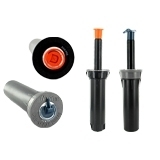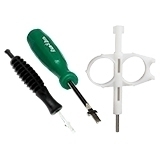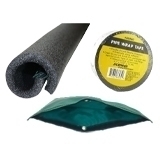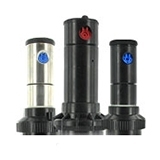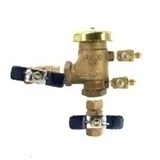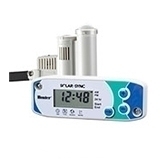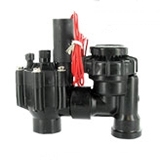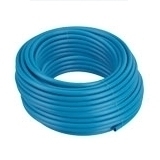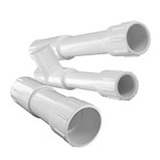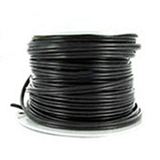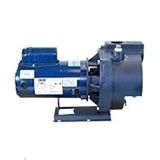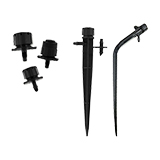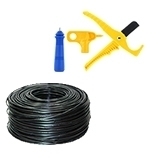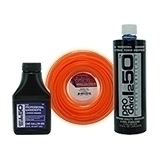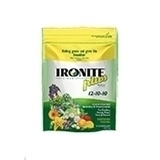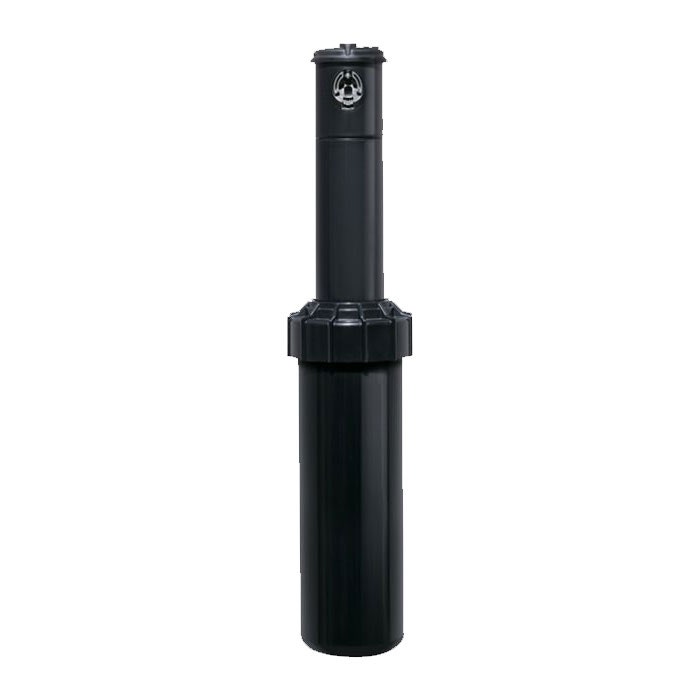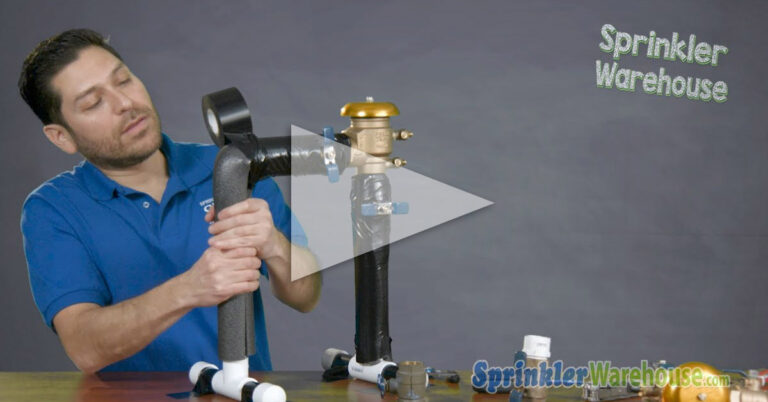How To Choose A Valve For Your Irrigation System
Atmospheric Vacuum Breakers (AVB) or Anti-Siphon Valves, which should you choose? Both are backflow prevention devices that you can use to protect your drinking water from contamination. Let’s talk a little about their installation and use.
Atmospheric Vacuum Breakers
Installation Guide For AVB:
Atmospheric vacuum breakers can be installed along with irrigation zone pipes. The irrigation site plan will indicate locations.
- When installing AVB’s, place one on each zone downstream from the automatic zone control valves. Choose an out-of-the-way location that is accessible for maintenance and protected from lawn equipment.
- Install atmospheric vacuum breakers at a minimum of six inches above the highest outlet in the zone. Some local codes require twelve inches.
- Zone pipe may be copper, PVC, or Poly. Purchase the correct adapters for the type of pipe. Install the valve so that the inlet is positioned at the bottom, the bonnet at the top, and the outlet is centered at or above the minimum height requirement.
Automatic Anti-Siphon Zone Control Valves
Installation:
Install anti-siphon automatic zone control valves above ground.
- Place valves at least six inches higher than the highest outlet in the zone. The irrigation site plan indicates the location of manifolds. Use a laser or string level to find the minimum height at the installation site.
- Install the manifold underground in an open trench instead of a valve box. Both the inlet and outlet on an anti-siphon automatic zone control valve are on the bottom of the valve.
- There is an arrow on the valve body that indicates the direction of flow. The manifold is built similarly to an underground installation. Account for the depth of the trench when determining the length of the pipe going up to the valve inlet. Allow room between valves for maintenance.
- Then connect the manifold to the supply line with the tees’ center outlets vertical and the valves above ground.
- Backfill carefully but firmly after testing the manifold and connecting lateral lines. As with all above-ground valves, a protective cover must be provided.
- Most jurisdictions allow a removable cover. If the cover is stationary, it must be roomy enough and the access door must be large enough to access all the valves with necessary tools for maintenance and repair.
Atmospheric Vacuum Breakers
Maintenance
Maintenance, Repair, And Replacement are necessary when the atmospheric vacuum breaker continuously or too frequently discharges water. In most cases, foreign material is preventing the check from seating firmly against the air gap. Follow these steps to address this problem.
- Remove the bonnet and check the assembly.
- Rinse each part with clean water and inspect for damage. If no damage is found, reassemble and test.
- If necessary, obtain an atmospheric vacuum breaker repair kit consisting of all new internal parts. SprinklerWarehouse.com has these in all major brands ready to ship.
- Before replacing an atmospheric vacuum breaker, make sure the local code still allows new installations of this type of backflow prevention device.



